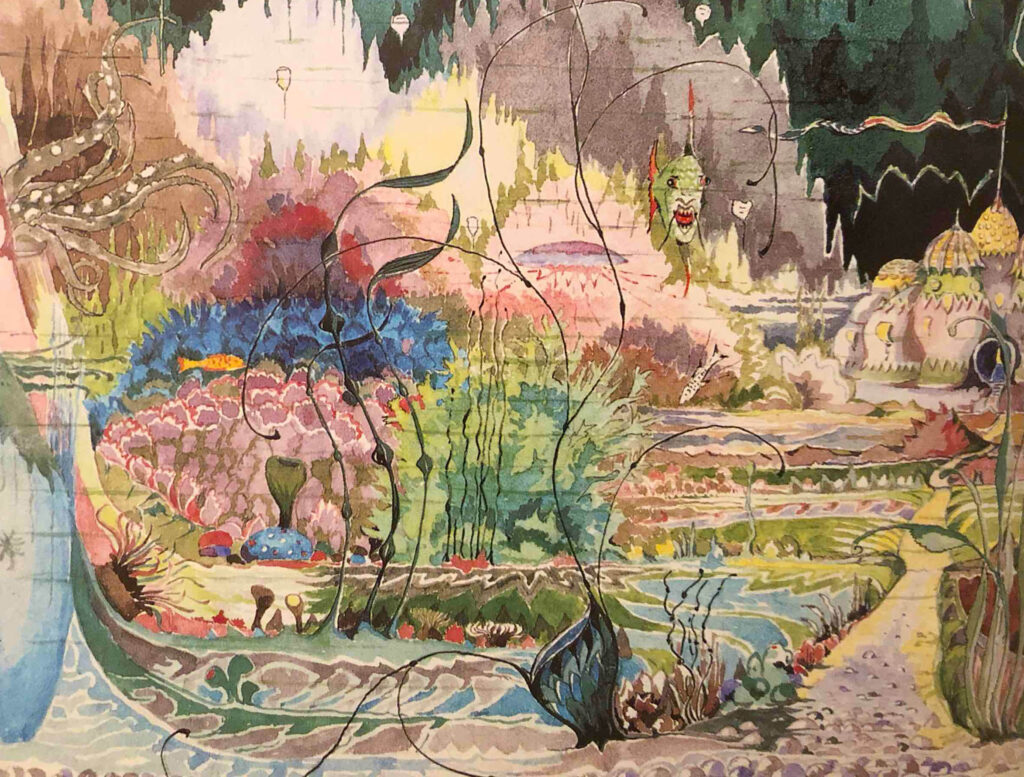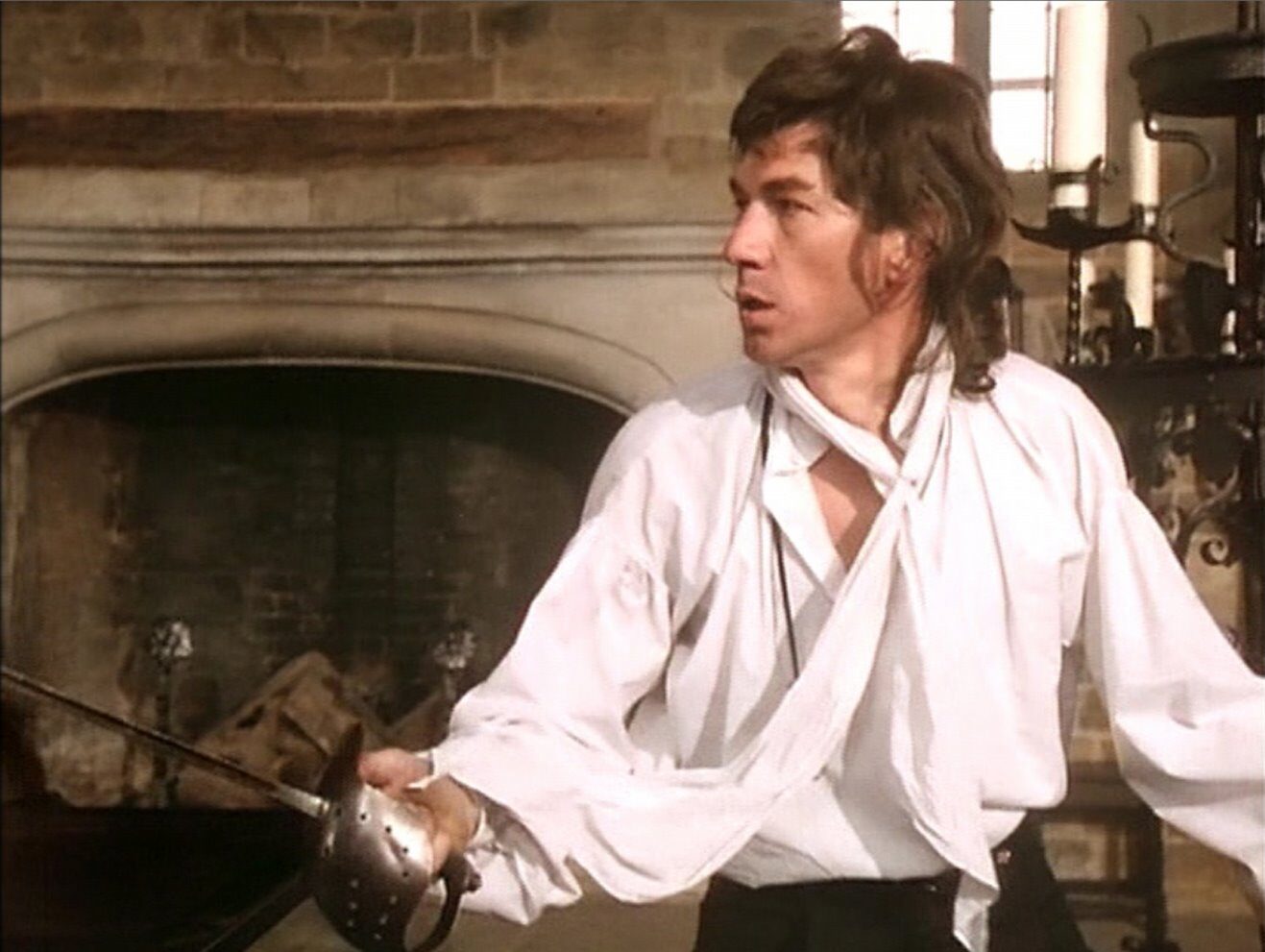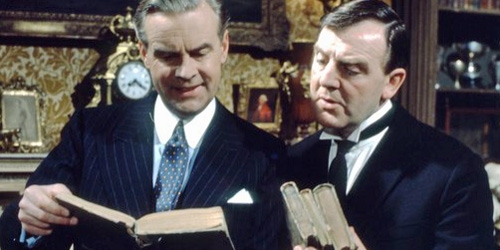“On Fairy-stories”
J. R. R. Tolkien
1938
(The realm of Faërie is no frivolity, but a place of profound enchantment, offering glimpses into deep mysteries and addressing fundamental human desires.)

“Lies, though breathed through silver”. It was September 1931. Little could J. R. R. Tolkien have guessed that this insult of myth, from the mouth of his hard-headed friend C. S. Lewis, would spur him to a rebuttal that would blossom into the most sustained and thoughtful argument for the value of fiction in the history of literature. And, while we’re at it, little could Lewis have guessed that Tollers’ argument, as they walked in a park behind Magdalen College, Oxford, would plant a mustard seed that would eventually transform Lewis into a myth-maker himself, not to mention the most celebrated writer on God (that myth of all myths) in the twentieth century. What was that argument? What path could possibly carry a wayfarer from the valley where myths are childish propaganda, to the hilltop where they are powerful elicitors of fleeting joy and hint at truths beyond our comprehension?
The History of Mr. Polly
H. G. Wells
1910
(A man of precisely 37.5 years of age can’t seem to find success or happiness in life… perhaps he has to do something drastic.)

“HOLE!” said Mr. Polly, and then for a change, and with greatly increased emphasis: “ ‘Ole!” He paused, and then broke out with one of his private and peculiar idioms. “Oh! Beastly Silly Wheeze of a Hole!”
Thus begins an entertaining fictional biography of a man who really needs a whack upside the head– one of several greats in that odd subgenre– Tom Jones, Babbitt, and Updike’s Rabbit series, for examples. (H. G. Wells writing fictional biography? In a contemporary setting? This might surprise those of us, such as myself, who had equated him with science fiction and socialist nonfiction. But anyway…) Our protagonist is an endearing and vivid, if frustrating character, who hides his depression with funny one-liners and his poor education with deliberate mispronunciations. And, as with many colorful characters in real life, beneath the wit cowers a man who hasn’t a clue where he’s going. His path through life is that of a flat boat with untethered sails– he might as easily plummet to his death over a waterfall as drift into a homely port. Or, to use Alfred Polly’s own metaphor, he’s in a hole. And no amount of quaint phrasing and amusing epithet, no ability to make women giggle, and no success as a shopkeeper is going to hoist him out of it.
The Scarlet Pimpernel
Emmuska Orczy
1905
(A master of disguise rescues French aristocrats from the guillotine and drops them safely into London society—until a sly French inspector tracks him down.)

Don’t let the title’s reference to a dainty flower and the femininity of the author fool you. This is no Austen or Brontë novel. It is a hearty adventure, more along the lines of the father of adventure stories Sir Walter Scott, or Dumas, or Stevenson. What a treat to have a woman join these illustrious ranks! Rugged oaths and swordfights may be lacking, but stories stocked with those can easily be found elsewhere. Instead Orczy proficiently places a “caped avenger”-style suspense drama (a genre some say she invented) against a backdrop of fashionable London society. The high manners, the social competition, the gossip, the dress, the flamboyant events… Orczy was a baroness herself, and this is undoubtedly part of the reason why she was able to present these ingredients with such freshness and authenticity. But all this is ancillary to the mystery and excitement that lend this tale its permanent appeal.
Whose Body?
Dorothy L. Sayers
1923
(A financier goes missing and a lookalike is found dead in a bathtub. The easygoing Lord Peter Wimsey searches for the connection.)

As troubling as murder is in our society, more of them happen on bookstore shelves than anywhere else, and millions of apparently peaceful people pay plenty of money to read about them, as if it were a pity that they don’t happen more often. I have casually wondered why. Probably it is an example of entertainment by extremity: if conflict is the heart of any good story, surely lots of people will go for people killing each other, since you can’t get more conflictual than that. This doesn’t really answer the question, though—it just passes the buck from fascination with murder to fascination with conflict in general. But of course we humans are inherently scenario-building, personality-scrutinizing, lie-detecting social beings. Human success has always depended on figuring other people out. The fact that one of the characters in such stories is likely to be the murderer is probably a large part of the draw. Trying to solve a murder mystery flexes the same mental muscles that we use for everyday social problem-solving and monitoring. And a murder is, again, more likely to catch our attention than any other breach of social mores. The authors make the stakes so high to ensure our attention. Not everyone goes in for these books, of course, which is simply because our society provides us with a variety of different ways to address basic human concerns. Take an EEG of a video gamer, sports follower, or romance reader at their respective hobbies; I suspect they are scratching the same itches in different ways.



The Honorary Consul
June 17, 2019 / 1 Comment on The Honorary Consul
Graham Greene
1973
(Argentinian revolutionaries abduct the wrong political figure by mistake, and one cynical acquaintance is the only one who cares… perhaps not even he does.)
Graham Greene, though a writer of great variety, is known for his “seedy” settings (he popularized the adjective, much to his regret) and the moral dimension of his very human characters. In these respects The Honorary Consul is an enduring and typical example of Greene’s style. Early in the book the protagonist Eduardo Plarr criticizes the romantic novelist Saavedra by saying that “life isn’t like” the way that author writes. Here Greene crafts a novel according to the alternative strategy; to show what life is like, with real people encountering real difficulties. The characters’ frail humanity and the ambivalence of their commitments will encourage us imperfect readers to relate honestly to them. The author refuses to vault skyward into heroism, idealism, wonder, or joy, perhaps as these are short-lived and usually confused in the real world. The good guys are bad enough to prevent us from admiring them, and the bad guys are good enough to prevent us from demonizing them. No character has an entirely appetizing mixture of traits, but no character is thoroughly distasteful either.
Like many readers, my gut draws me towards works whose moral distinctions rise into sharper relief—I enjoy esteeming my protagonists. If we insist on this criterion, Greene will not fare well. After meeting the main characters and following them around for a while, we might question whether they are likable enough company. Such readers must take a step of faith throughout the first 100 pages or so, that Greene is telling us a story that we will really care to read. Embarking on the book was for me like hearing the first few sentences of a party yarn that we fear might not be worth the patience. However, may no reader give up before realizing Greene’s purpose! The first impression fades and becomes irrelevant as one reads onward. The grayscale characterization is not due to neglect or apathy on the part of the author. Far from it—the ambiguity represents a strategy conceived for a distinct moral purpose, as paradoxical as this seems. A novel need not be moralizing to be morally interesting. (more…)